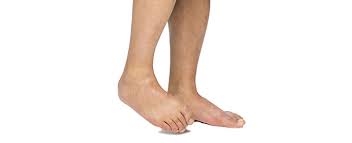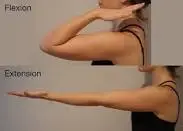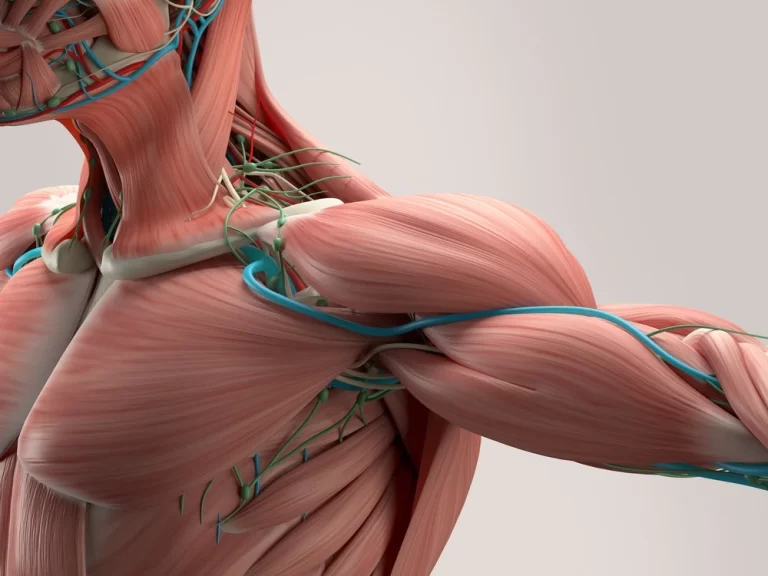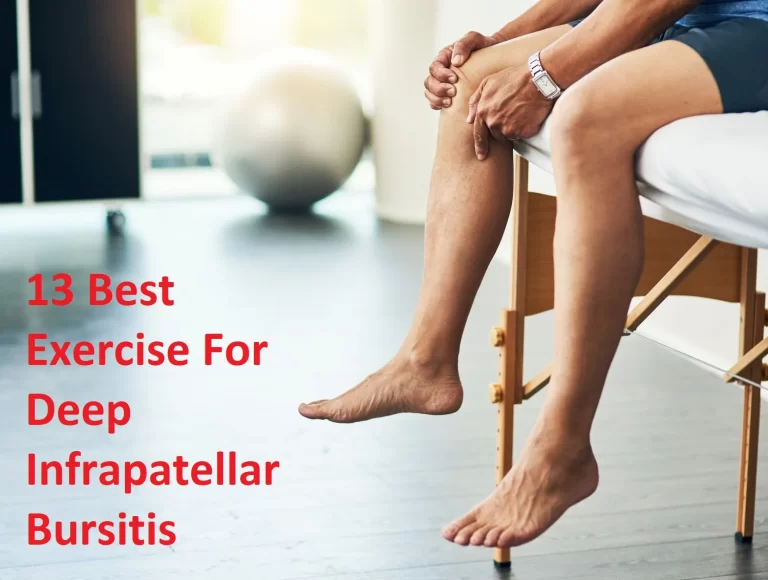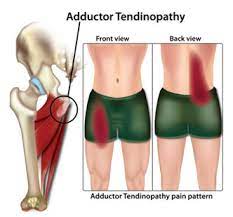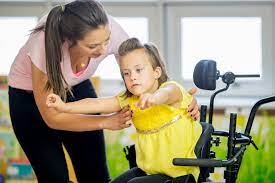Exercise to improve hip mobility
Table of Contents
What are hip mobility exercises?
- Hip Mobility exercises make the joints flexible by allowing them to gain their full range of motion. Mobility exercises are the flexibility of muscles to support the Hip joints and make the tendons also become more workable.
- Hip joint Stiffness, restrictions, and in some cases, pain are signs that mobility may be reduced.
- Hip joint stiffness can cause issues like Hip pain, lower back pain, and knee problems.
- Your hips are the center of the movement for your body, so the well and less restricted your hips become, the more potential your body has for strength, power, and athleticism.
- Having proper hip mobility is key for a functional lifestyle along with increasing athletic ability by moving through full ranges of motion. Reduced hip mobility can affect overall movement patterns.
- Individuals who experience a limited range of motion and a lack of strength through the hips may begin to load surrounding muscles like the lower back. This can lead to loading and injuries if the root cause is compromised hip mobility.
- sedentary lifestyle and potentially exaggerated position of the pelvis can lead to reduced hip mobility.
Health benefits of hip mobility exercises:
The followings are some health benefits of hip mobility exercises:
- Improves Hip joint range of movement and freedom of movement.
- Improved circulation.
- Decreased risk of injury around the Hip.
- Reduced muscle tension and soreness.
- Improved posture.
- Improved Hip movement efficiency.
- Increase athletic performance
- Help to prevent lower back pain/Hip related injury and boost explosive movements
Different types of hip mobility exercises:
- Hip CARs
- Hip Flexor Stretch
- Hip Rotator Stretch
- Butterfly
- Traveling Butterfly
- Standing Piriformis Stretch
- Frog Stretch
- Bear Sit
- Leg Swings
- 90/90 Stretch
- 90/90 Front Leg Lift
- 90/90 Back Leg Lift
- Cossack Hovers
Hip CARs(controlled articular rotation):
- Stand straight with both of your arms outstretched. With one arm holding onto a bar, railing, or other support.
- Engage your core muscles and keep your body fixed.
- Press downwards through your inside leg, while keeping your knee locked.
- Flex the knee of your outside leg, and raise it, bent, as high as you can up to your chest. Keep your inside leg straight.
- While keeping your outside knee flexed, turn the outside leg away from your body. Your foot should also turn outward. Assure that both of your hips remain square throughout this step.
- Rotate the foot of your outside leg so that your heel faces up to the ceiling. Make sure that you only rotate your outside foot and leg as high as you can without moving your hips.
- Lower the outside leg so that your bent knee is directly underneath your hip.
- Reverse the entire movement, then repeat on the other side of your body.
- Repeat two to three reps on each side, at least 3-5 times each.
Hip Flexor Stretch:
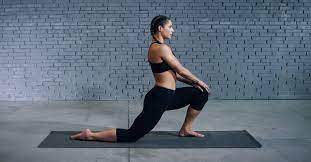
- Start by knee on the floor of one leg with your other leg bent at a 90-degree angle.
- Keep the leg that’s knee placed on the floor lined up with your hips and shoulders. Your other knee should stay in line with the ankle and heel of the front foot.
- Place your hands on your front knee, and apply light pressure. This will engage your core muscles.
- Tuck in your hips and tailbone under your body.
- Squeeze your glutes and abs to guard your spine throughout the exercise.
- Lunge in a forward direction slightly, until you feel it in your hips. Hold this position for about two minutes.
- Then, press your back foot into the floor as your knee tries to push forward. Hold this for about 30 seconds.
- Relax back to the original position and hold for another 30 seconds.
- Change your legs and repeat the entire process on the other side of your body.
Hip Rotator Stretch:
- Sit up in a chair with your behind close to the chair edge.
- With your right leg bent at a right angle, cross your left leg in order that your left ankle lies across the top of your right thigh.
- While holding this position, take your left hand, and gently but securely press down on your left leg.
- Once you are feeling resistance, hold your legs in this position. Slowly bend forward from your hips, while keeping your chest forward and your spine straight.
- Hold this position for about thirty seconds. Then, repeat the full process on the opposite side.
Butterfly:
- Sit on the ground with your back straight and your core muscles engaged.
- Bend your legs such the bottoms of your feet are pressed against one another.
- Hold your feet firmly with both hands. While pressing down together with your hands on your feet, slightly bend your hips forward.
- Hold this position for about 20-30 seconds, then release and repeat, if desired.

Traveling Butterfly:
- As with the traditional butterfly, begin the traveling butterfly by sitting on the floor with your back straight and your hips square.
- Extend your legs in order that they are straight out in front of you. Together with your hands on the ground behind your hips, press down while raising your hips off the ground and pushing forward towards your heels.
- This motion will take you into the butterfly position as your arms support your body weight.
- Briefly hold the position. Then, return to the start and repeat from the start.
Standing Piriformis Stretch:
- Stand with your back flat against a wall. From this position, walk both of your feet forward, about two feet far away from the wall.
- Next, lower your hips to a forty-five-degree angle to the ground.
- While holding this position, raise your right foot up and place your right ankle so that it rests on your left knee. You ought to feel the stretch in your buttocks.
- Hold this position for at least 30 seconds. Then, back to the starting position and repeat the process on the other side.

Frog Stretch:
- Situate your knees in order that they are as far apart as possible while still being comfortable. Picture a frog’s legs — this is often roughly the position you are aiming for.
- Then, gently rock your body back and forth during holding the position.
- Throughout the stretch, your feet should remain on the floor with your toes pointing outward.
- Back to the starting position, and repeat as many times as you would like.
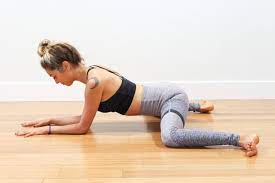
Bear Sit:
- First, begin with the passive stretch. Sit on the floor with your feet out in front of your body.
- Rotate your feet and knees outward, while maintaining a straight line from knee to heel.
- Reach out and take hold of each ankle, while pulling your knees away from each another.
- Gently flatten your lower back, and then hold the position for about 30-60 seconds. As you hold, inhale, and exhale gently and deliberately.
- To change into the active stretch, release your grip on your ankles and stretch your arms straight out in front of your body. Make fists together with your hands while pushing your shoulder blades flat.
- Engage your core muscles, breathing deeply, and hold this position for about 10-15 seconds.
- Return your hands to your ankles and rest in the passive position for about 1 minute.
- Repeat the active stretch for several more reps.
Leg Swings:
- First, stand up straight with your hips square. With your left hand, grab onto a railing, chair, counter, or another stable item for balance.
- Cross your left leg over your right leg, then slowly lift your left leg as high as you can — ideally, parallel to the floor. This should be a smooth motion rather than an aggressive kick.
- Hold your leg in the air for some time, then lower it.
- Complete a minimum of ten reps. Then, switch sides and repeat the whole process.
90/90 Stretch:
- Sit tall with one leg ahead of you bent at 90 degrees and your other leg at the side of your body bent at 90 degrees.
- Square your hips towards the front leg. Lean towards the front leg while keeping a neutral spine. Actively push both legs to the floor. Hold this stretch for 30-60 seconds.
- Sit tall and twist your torso towards your back leg. Push both of your legs downwards. Hold this stretch for 30-60 seconds.
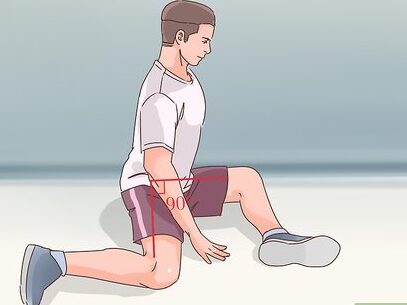
90/90 Front Leg Lift:
- Sit tall in your 90/90 stance. Square your hips towards your front leg and barely lean forwards.
- Put both hands on your front knee and push down on your leg. While pushing downwards, lift your front knee off of the floor and fight the resistance. Repeat for 5-10 repetitions and hold at the top for 4-5 seconds.
90/90 Back Leg Lift:
- Sit tall in your 90/90 stance. Square your hips towards your front leg and barely lean forwards.
- While keeping tension throughout your body, raise your back foot off of the floor. Repeat for 5-10 repetitions and hold at the top for 4-5 seconds.
Cossack Hovers:
- Stand upright and separate your legs in a wider-than-sumo stance.
- Bend via one knee, drop through the hips, and sit in a deep cossack position.
- Keep your bent knee in line with your foot (best at 45 degrees), and position your straight leg with your toes facing upwards(ceiling).
- Hold this position of the cossack for 3-5 seconds.
- Place your hands on the floor for support as you start to transition into the hover.
- Keep your hips low and begin to bend through the opposite leg and transfer the cossack to the other side.
- Repeat 6-12 alternating, dynamic repetitions.
Precautions:
- Breathe normally, and don’t hold your breath while performing any exercise explain above.
- Don’t overdo any exercise
When not to do hip mobility exercises:
- If your doctor suggested you take the rest.
- If your leg bone is recently fractured.
- If you feel pain in performing any exercise explain above.
- Stop immediately doing exercise if you feel any hip discomfort.
FAQ:
Mobility is most important because it affects your ability to move freely throughout your daily activities without pain and strain, even outside of strenuous movements like squatting.
While mobility training can be done any time (and every day) at least three times a week
It’s best for after a workout when your muscles are warm, and you want to work on flexibility.
Studies have shown that athletes who undertake a corrective hip mobility program for as little as four weeks can make significant improvements in their positioning and joint function. so after a minimum of four weeks, you will be able to see improvement in hip mobility.

